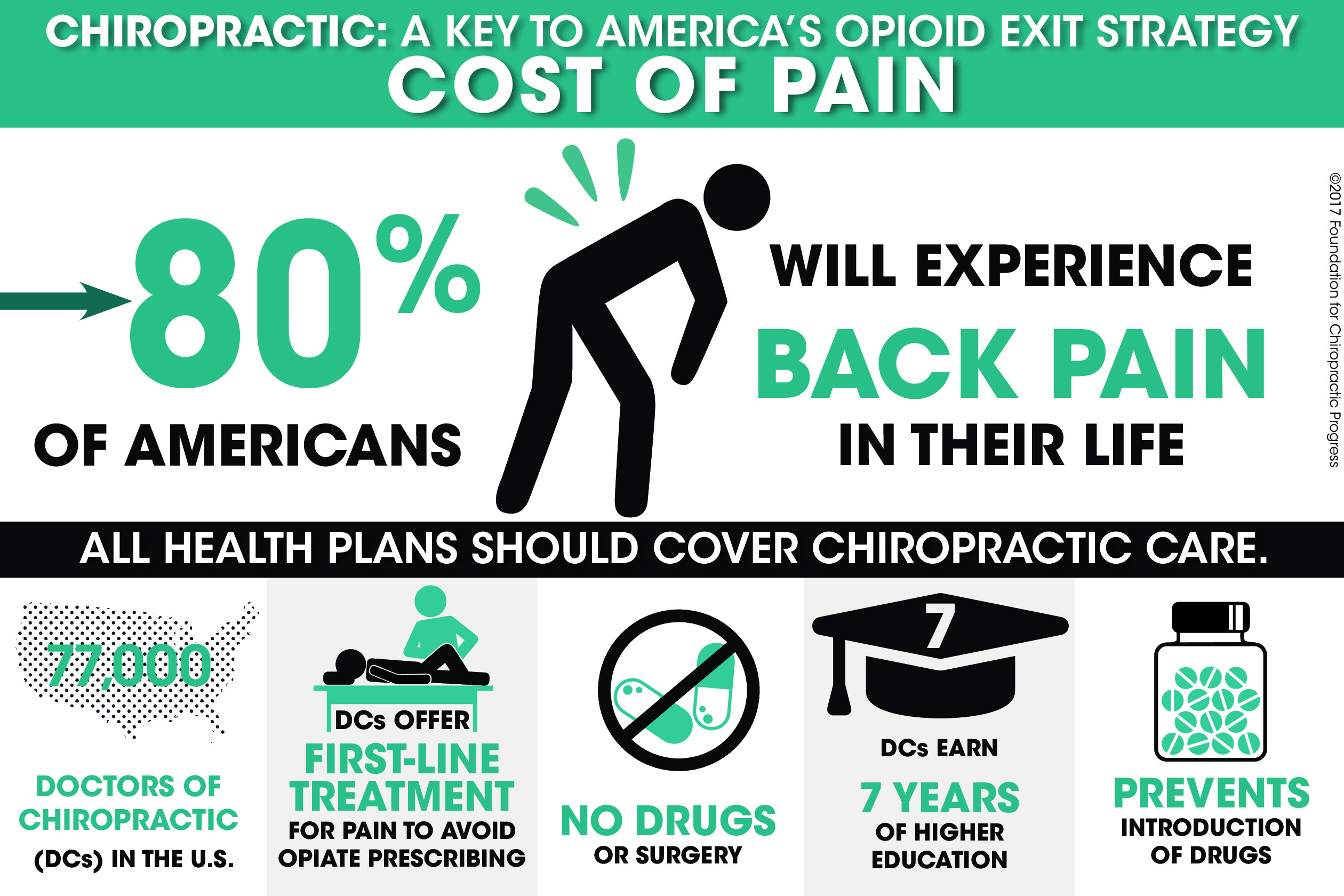The Wellness Insights Supplied By Neck And Back Pain: Typical Problems And Connected Signs And Symptoms
The Wellness Insights Supplied By Neck And Back Pain: Typical Problems And Connected Signs And Symptoms
Blog Article
Web Content Composed By-Cannon Butcher
If you're experiencing back pain, your body could be trying to inform you something more than simply pain. The method your back feels can offer beneficial clues regarding your general well-being. Recognizing the certain type of discomfort you're feeling and any going along with signs and symptoms is key to untangling the mystery behind your pain. Allow's check out the typical problems and signs related to different sorts of neck and back pain to clarify what your body may be signaling.
Kinds Of Neck And Back Pain
When it concerns back pain, there are numerous types that you might experience. One common type is muscular tissue pain, typically triggered by overuse, strain, or injury to the muscle mass and tendons supporting the spine. This sort of pain can range from mild pain to extreme and debilitating pain.
Another kind is nerve pain, which can result from conditions like herniated discs or sciatica. Nerve discomfort frequently presents as a sharp, shooting feeling that emits down the leg.
Joint pain in the back can stem from problems like arthritis or sacroiliac joint disorder. This kind of pain is generally really felt in the reduced back and can be aggravated by specific movements.
Additionally, neck and back pain can be connected to architectural issues such as back stenosis or vertebral cracks. Comprehending the sort of back pain you're experiencing is important in identifying the appropriate therapy and management techniques.
Common Effects to Expect
Relocating beyond the various sorts of pain in the back, it is very important to recognize the typical signs and symptoms that can signify underlying problems.
Persistent pain in the back that gets worse with movement or during the night might show a more severe issue. Feeling numb or tingling in the legs or feet, specifically when accompanied by weakness, might point to a nerve-related concern. If you experience abrupt weight reduction along with back pain, maybe a sign of a more systemic problem.
Take visit this site right here of any type of changes in bladder or bowel function, as this could be connected to spinal cord compression. Suggested Webpage , cools, or night sweats together with back pain might indicate an infection. Watch out for pain that emits down one or both legs, potentially a sign of sciatica.
Wellness Issues Linked to Pain In The Back
If you struggle with neck and back pain, it's important to recognize the prospective health and wellness problems linked to this discomfort. Pain in the back can be a sign of various underlying concerns, consisting of muscle pressures, herniated discs, osteoarthritis, back stenosis, and even problems like kidney stones or infections.
Muscle stress are common and frequently arise from raising heavy objects or abrupt motions.
Herniated discs occur when the soft tissue between vertebrae protrudes, triggering nerve irritation.
Osteo arthritis, a degenerative joint disease, can result in back pain as cartilage material wears down.
Back stenosis, the constricting of the spinal canal, can tax nerves.
Kidney rocks might cause intense pain in the back if they relocate right into the urinary system tract.
Infections like back osteomyelitis can additionally materialize as back pain. Recognizing these potential health and wellness conditions can help you look for ideal medical care and management for your back pain.
Final thought
So, following time your back hurts, pay attention to the kind of pain and accompanying signs. Maybe a signal from your body regarding underlying health conditions like muscular tissue stress, nerve issues, joint issues, or even structural issues. By recognizing what are the benefits of chiropractic care , you can take aggressive actions to deal with the root cause of your neck and back pain and improve your general health and wellness and well-being.
